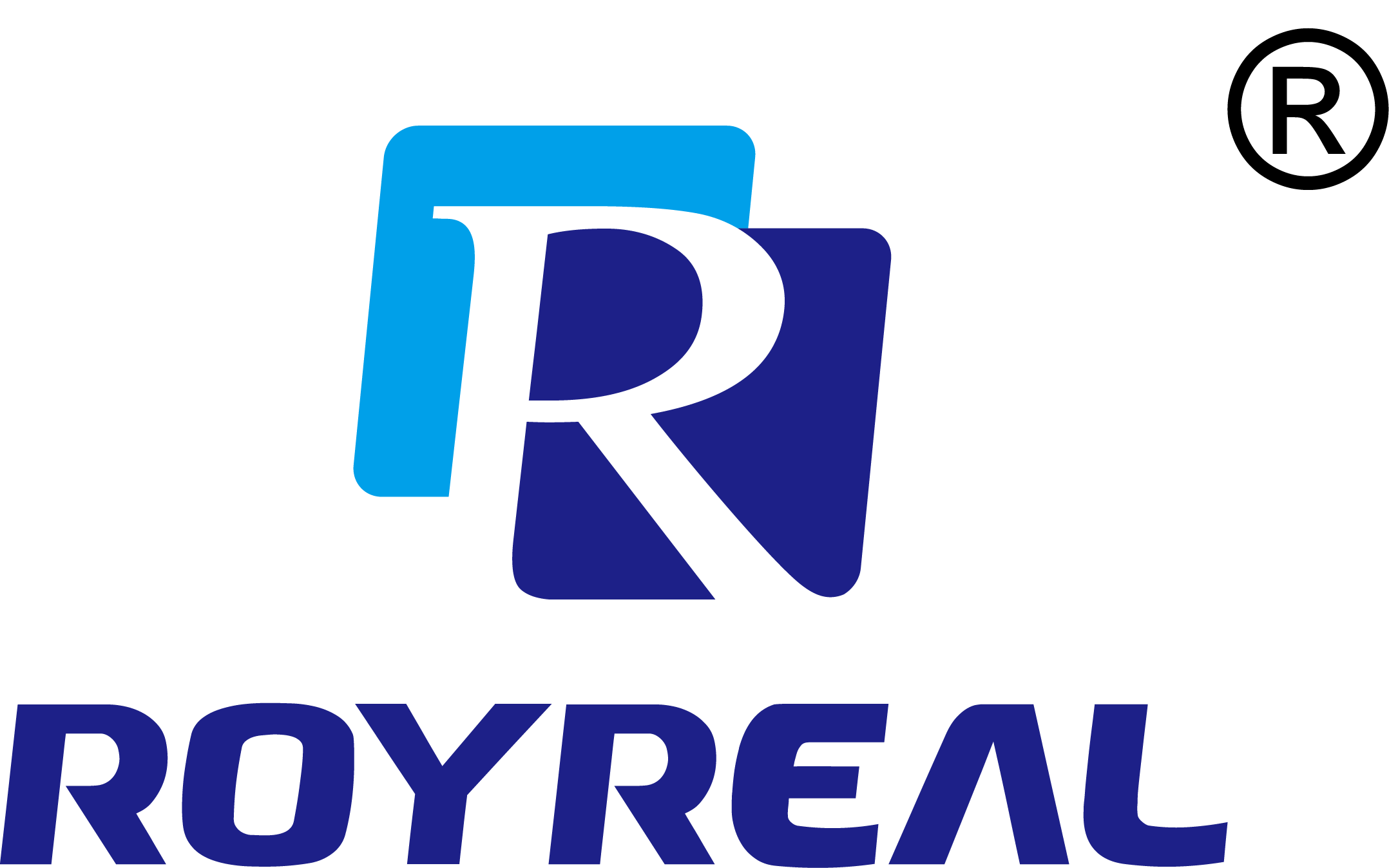Monitoring Fuel Consumption with Wet Test Flow Meters in Transportation: The Ultimate Guide
Category: Industry News
Time:2024-12-09
Table of Contents:
1. Introduction: The Importance of Monitoring Fuel Consumption
2. Understanding Wet Test Flow Meters and Their Functionality
3. Benefits of Wet Test Flow Meters in Transportation
4. Applications of Wet Test Flow Meters in the Transportation Industry
5. Best Practices for Using Wet Test Flow Meters to Optimize Fuel Efficiency
6. Frequently Asked Questions (FAQs) about Wet Test Flow Meters in Transportation
7. Conclusion
1. Introduction: The Importance of Monitoring Fuel Consumption
In today's transportation industry, monitoring fuel consumption plays a crucial role in optimizing operational costs and reducing environmental impact. Accurate fuel consumption data empowers businesses to make informed decisions, identify inefficiencies, and implement measures to enhance overall operational efficiency.
2. Understanding Wet Test Flow Meters and Their Functionality
Wet test flow meters are sophisticated devices designed to measure the flow rate of liquid substances, such as fuel, with exceptional accuracy. By employing advanced technologies, these meters provide real-time data on fuel consumption, enabling transportation companies to track usage, detect anomalies, and take corrective actions promptly.
2.1 How Wet Test Flow Meters Work
Wet test flow meters operate based on the principle of fluid dynamics. They incorporate sensors that measure the velocity of the flowing liquid, which is then converted into volumetric flow rate, allowing for precise fuel consumption calculations. This data is crucial for monitoring efficiency, detecting leaks or spills, and ensuring compliance with environmental regulations.
3. Benefits of Wet Test Flow Meters in Transportation
3.1 Enhanced Accuracy and Reliability
Wet test flow meters provide highly accurate and reliable readings, allowing transportation companies to track fuel consumption with confidence. This accuracy enables businesses to identify even minor discrepancies, helping detect potential issues, such as fuel theft or inefficient engine performance.
3.2 Real-time Performance Monitoring
By providing real-time data, wet test flow meters enable transportation companies to monitor fuel consumption on an ongoing basis. This allows for immediate detection of irregularities or inefficiencies, facilitating prompt action to optimize performance and reduce costs.
3.3 Cost Optimization
Accurate fuel consumption data obtained through wet test flow meters enables transportation companies to identify areas of excessive fuel usage and implement measures to optimize operational costs. By reducing fuel wastage and improving overall efficiency, businesses can achieve significant cost savings in the long run.
4. Applications of Wet Test Flow Meters in the Transportation Industry
4.1 Fleet Management
Wet test flow meters find extensive applications in fleet management. By installing these meters in vehicles, transportation companies can monitor the fuel consumption of individual vehicles and the entire fleet. This data allows for effective route planning, driver behavior assessment, and better maintenance scheduling.
4.2 Fuel Efficiency Analysis
Transportation companies can utilize wet test flow meters to analyze the fuel efficiency of different vehicles or engine types. By comparing consumption rates and identifying variations, businesses can make informed decisions regarding fleet renewal, engine upgrades, or implementing fuel-saving strategies.
5. Best Practices for Using Wet Test Flow Meters to Optimize Fuel Efficiency
5.1 Regular Calibration and Maintenance
To ensure accurate readings, wet test flow meters should undergo regular calibration and maintenance checks. This practice ensures optimal performance and minimizes the risk of errors or inaccuracies in fuel consumption measurement.
5.2 Data Analysis and Interpretation
Collecting data from wet test flow meters is only the first step. Transportation companies must analyze and interpret this data effectively to derive meaningful insights. By using advanced analytics tools, businesses can identify trends, patterns, and areas for improvement to optimize fuel efficiency.
6. Frequently Asked Questions (FAQs) about Wet Test Flow Meters in Transportation
6.1 How do wet test flow meters differ from other types of flow meters?
Wet test flow meters, unlike other types, are specifically designed to handle liquid substances and provide accurate readings even in challenging transportation environments.
6.2 Are wet test flow meters suitable for all types of vehicles?
Yes, wet test flow meters can be installed in a wide range of vehicles, including trucks, buses, airplanes, ships, and locomotives, making them suitable for various transportation applications.
7. Conclusion
Monitoring fuel consumption with wet test flow meters in transportation is a game-changer for the industry. By providing accurate, real-time data, these meters enable businesses to optimize fuel efficiency, reduce costs, and make proactive decisions that positively impact the environment. Embracing this technology allows transportation companies to stay ahead of the competition and ensure sustainable operations for the future.
Keywords:
 EN
EN RU
RU SP
SP
